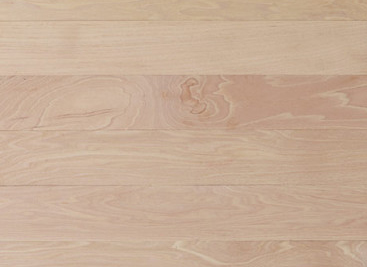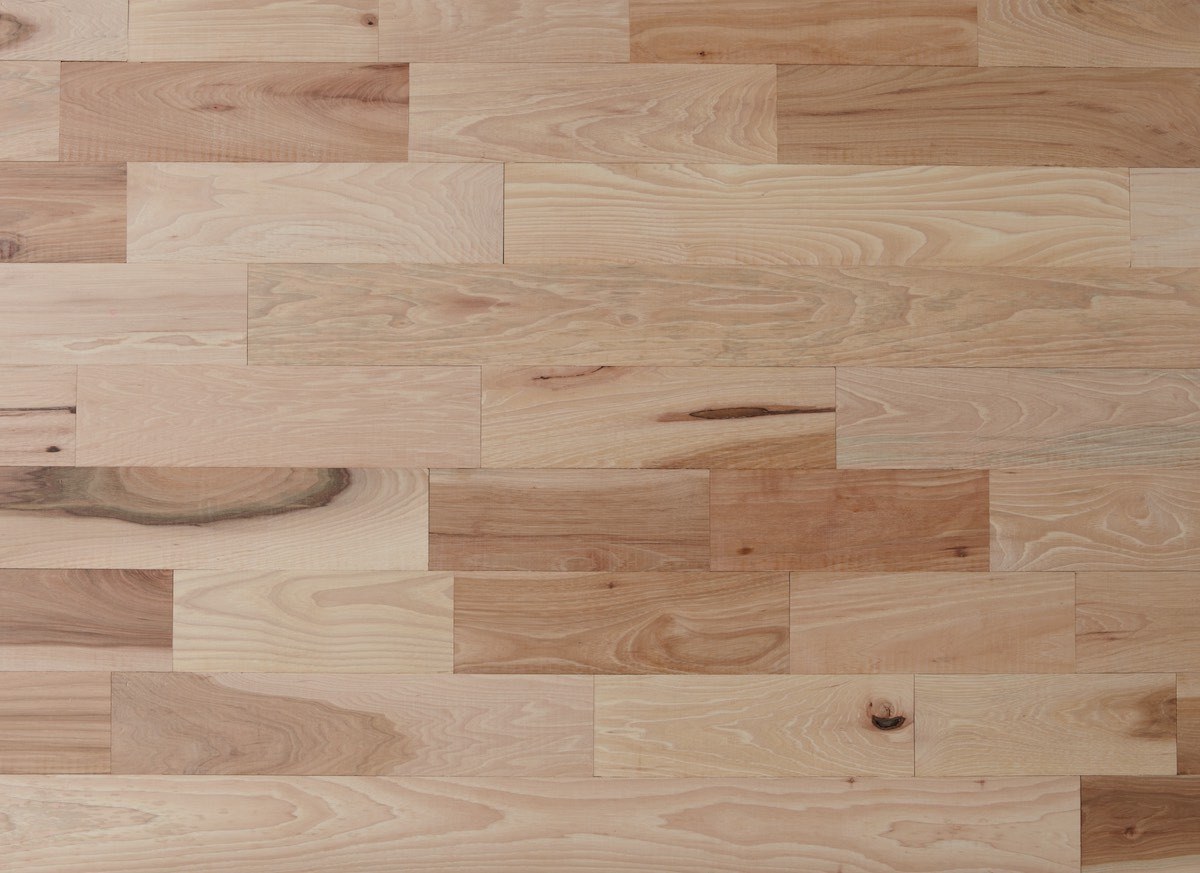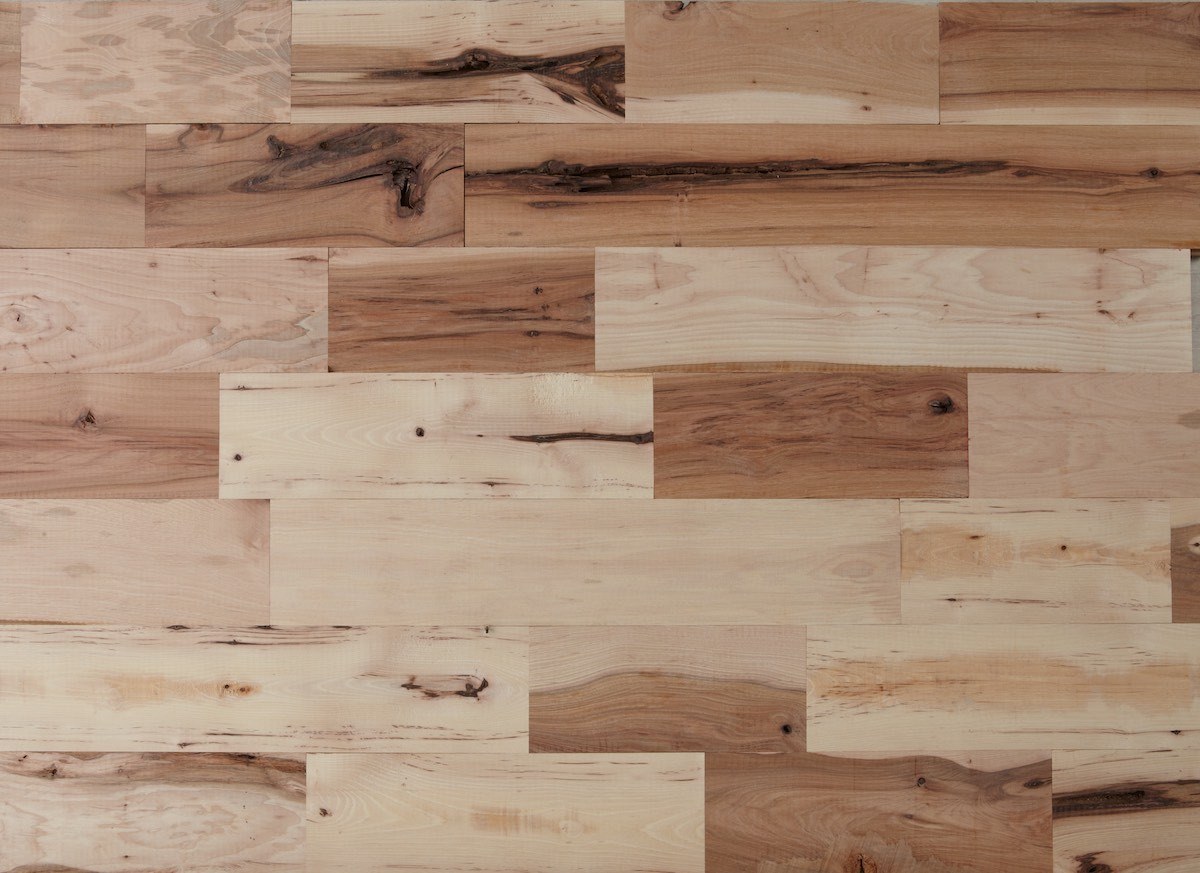Hickory Grades
Keep in mind that sometimes grades are combined (Select & Better, Second and Better, etc.) or are a mix of two standard grades (No. 1 Common, No. 2 Common, etc.).
Second & Better is a combination of first and second grade wood from a production run, with the second grade being the lowest grade allowed.
Third & Better is a combination of first, second and third grade wood from a production run, with the third grade being the lowest grade allowed.
First Grade

This is the highest grade for hickory wood and implies exceptional durability. It is nearly free of character marks and defects and has a uniform appearance. Color is not a defect and this grade may contain a mix of sapwood and heartwood. The following are admitted: small knots no more than 1/4" in diameter; dark streaks that do not exceed 3"; slight checks; and small burls. Bark streaks are not permitted.
Second Grade

This grade introduces more minor imperfections and colors. These include knots, checks, streaks, stains and splits, though they are all must be sound and readily fill. The following are permitted: broken knots of up to 1/2" in diameter; sticker stain; numerous dark streaks; and sound bird pecks. Predominantly dark, discolored pieces are not allowed.
Character (also known as Natural)

This grade features distinct but natural variations in color and grain. Small knots, mineral streaks, and staining are allowed. The boards in this grade are slightly longer than those found in Third Grade flooring.
Third Grade

This grade is ideal for applications where a rustic look is desired. Although the wood is firm, it may contain many types of defects that will readily fill, including knot holes, bird pecks and worm holes. The following are not permitted: knot holes of more than 3/8" in diameter or unsound knots where the unsound portion is greater than 1" in diameter; shake, soft rot, splits and open defects that extend through the piece; and torn grain more than 1/4" deep.
